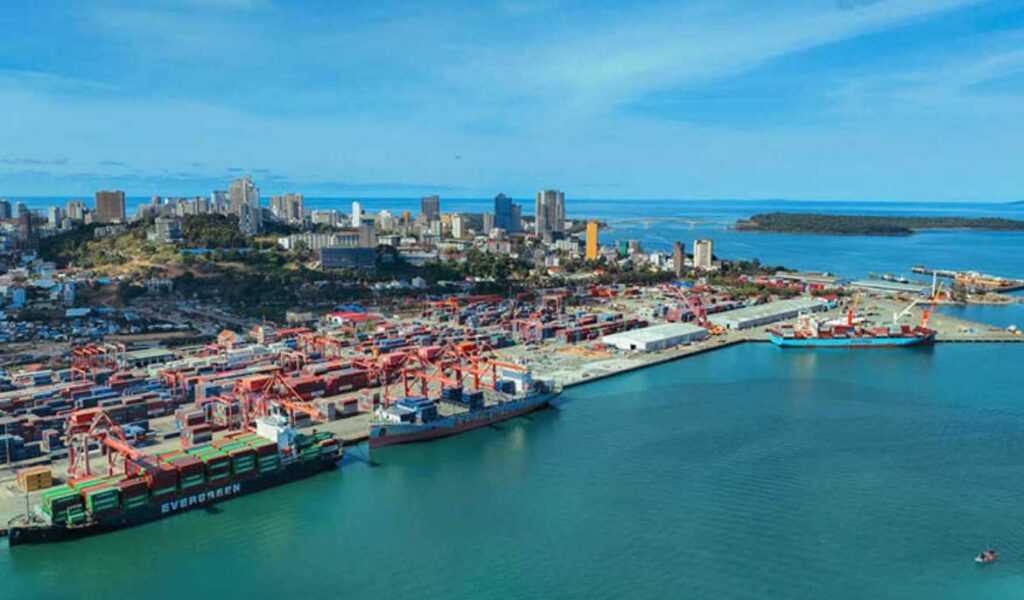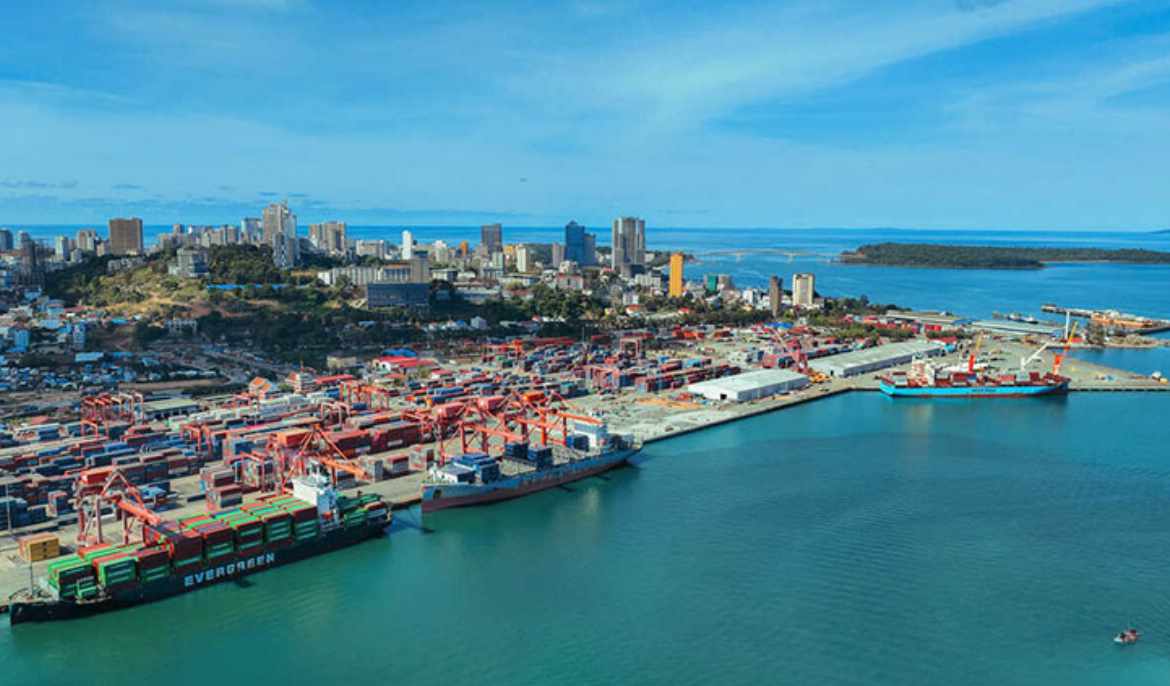Cambodia’s two state-owned ports, Sihanoukville Autonomous Port (PAS) and Phnom Penh Autonomous Port (PPAP), saw remarkable growth in revenue in 2024, according to the annual report of the Ministry of Public Works and Transport released yesterday.
PAS, the Kingdom’s largest seaport, handled 9.60 million tonnes of containerized cargo tonnage last year, an increase of 21.67 percent compared to 2023, which had a total of 7.89 million tonnes, stated the report released at the ministry’s annual meeting.
The report said that PAS saw its net profit increase by 24.12 percent to about $110.38 million from $88.94 million in 2023.
Meanwhile, the listed PPAP, the country’s second-largest port, recorded a total of 4.51 million tonnes of containerized cargo tonnage and earned a revenue of $43 million, an increase of 16.6 percent from $37.27 million in 2023, read the report.
Cambodia has two major ports, the Sihanoukville Autonomous Port and the Phnom Penh Autonomous Port, which play important roles in the transportation of the country’s import-export cargo.
The minister’s spokesman Phan Rim attributed the remarkable surge in the ports’ revenue and container throughputs to the country’s good economic performance.
“Ports’ growth in container throughput and revenue reflect the flow of transportation of the country’s import and export goods increasing, the activities in the economy increased, contributing to the economic development,” Rim said.
The government is building a new container terminal with a depth of 14.5 meters next year to accommodate large ships travelling in the Asia-Pacific region.
The new facility, the first phase of PAS’s development, is expected to increase the port’s annual container handling capacity to a remarkable 1 million TEUs (Twenty-Foot Equivalent Units).
This 11.5m-deep terminal is equipped with container handling equipment, including two QC loading containers and six RTG loading containers.
The second phase of the port expansion project is expected to be completed in 2028 and it will increase the container capacity of the port to 120,000 DWT (approximately 10,000 TEUs).
The third phase, to be completed in 2029, will further boost the capacity to 1,60,000 DWT (15,000 TEUs) and will expand the shipping network to cover Europe and North America regions as well.



